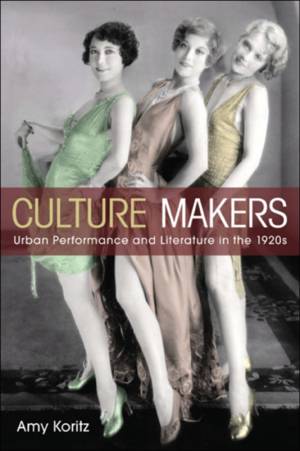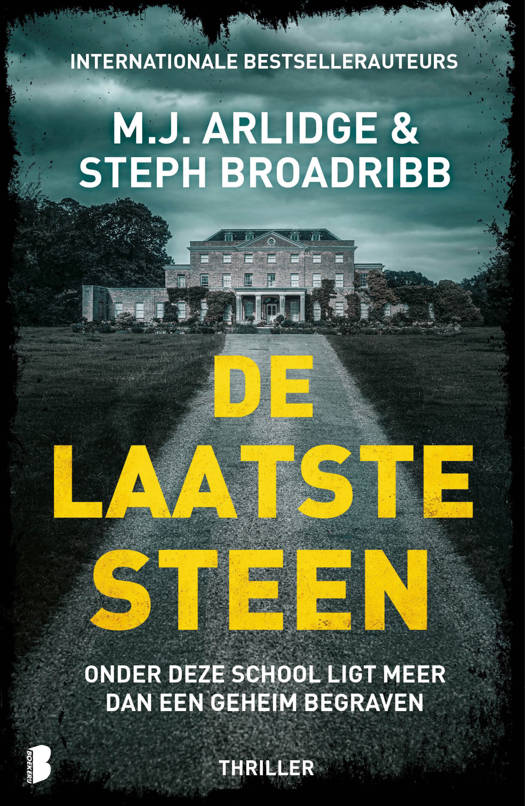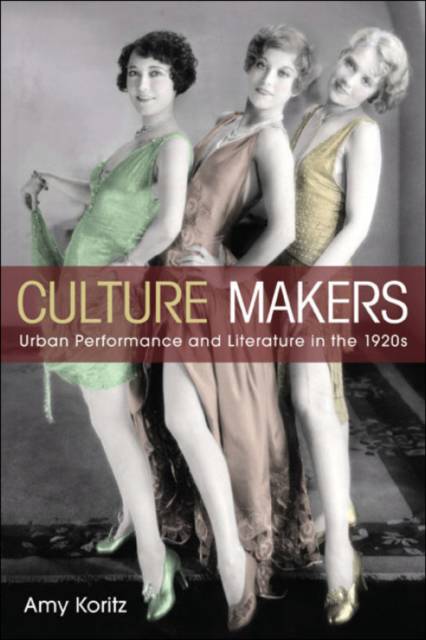
- Afhalen na 1 uur in een winkel met voorraad
- Gratis thuislevering in België vanaf € 30
- Ruim aanbod met 7 miljoen producten
- Afhalen na 1 uur in een winkel met voorraad
- Gratis thuislevering in België vanaf € 30
- Ruim aanbod met 7 miljoen producten
Omschrijving
Koritz examines several plays from the 1920s--including Eugene O'Neill's The Hairy Ape, Elmer Rice's The Adding Machine, and Sophie Treadwell's Machinal--that embodied anxieties created by the mechanization of labor through both the Taylorized assembly line of Fordism and the rationalization of office work in corporate bureaucracies. She also focuses on the playwright Rachel Crothers, whose middlebrow flapper plays considered the consequences of mass production for the young affluent women expected to consume its goods.
The 1920s saw significant developments in both popular and formal dance, and Koritz explores the dance of this era through the lens of gender. Exploring the cultural anxieties surrounding female behavior and physical expression, she looks at the rise of popular dance during this time, particularly the extraordinarily popular Charleston. Legendary dancer and choreographer Martha Graham also began her career as a modern dancer during this time, and Koritz examines Graham's ability to achieve significant prestige as a female artist in a genre still considered marginal.
Finally, in the domain of American fiction and letters of the 1920s, this study points to several authors' concerns with the social and cultural effects of urbanization in modern America. Analyzing the various and sometimes contrasting strategies of Anzia Yezierska's Salome of the Tenements, John Dos Passos's Manhattan Transfer, and Lewis Mumford's commentary on architecture and urban planning, Koritz shows how writers and public intellectuals were deeply engaged with working out the problems and possibilities of urban life.
Specificaties
Betrokkenen
- Auteur(s):
- Uitgeverij:
Inhoud
- Aantal bladzijden:
- 216
- Taal:
- Engels
Eigenschappen
- Productcode (EAN):
- 9780252033841
- Verschijningsdatum:
- 1/01/2009
- Uitvoering:
- Hardcover
- Formaat:
- Genaaid
- Afmetingen:
- 152 mm x 229 mm
- Gewicht:
- 453 g

Alleen bij Standaard Boekhandel
Beoordelingen
We publiceren alleen reviews die voldoen aan de voorwaarden voor reviews. Bekijk onze voorwaarden voor reviews.











